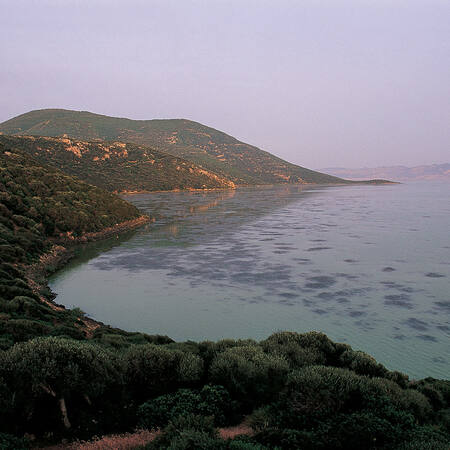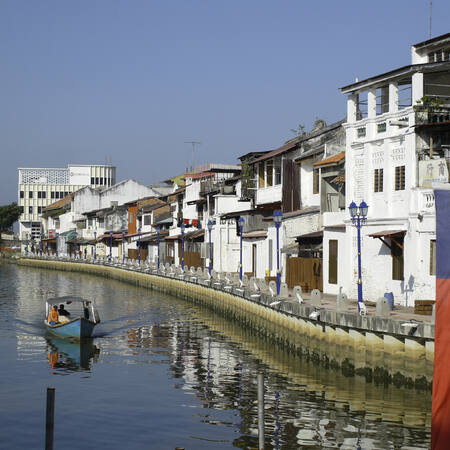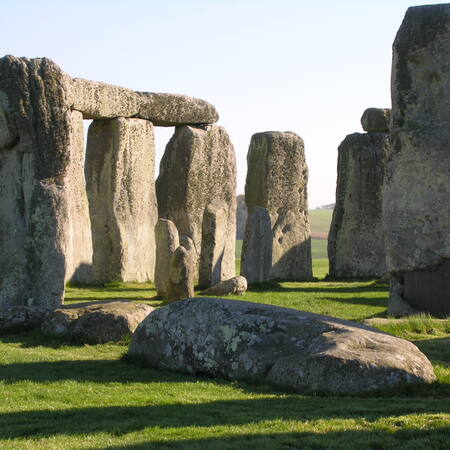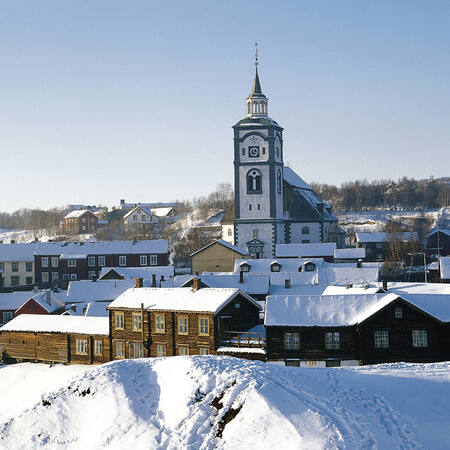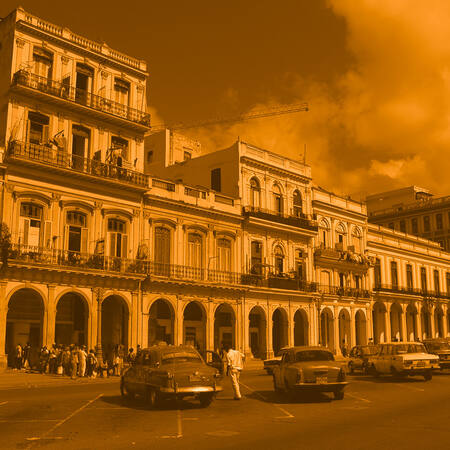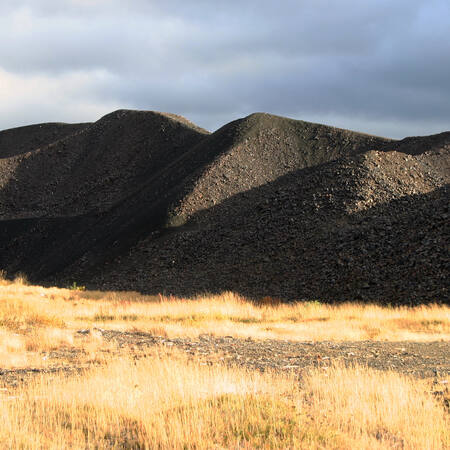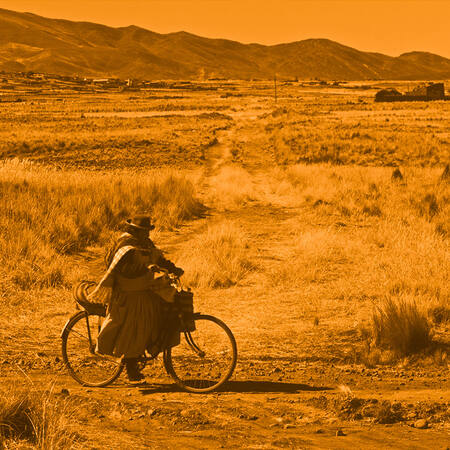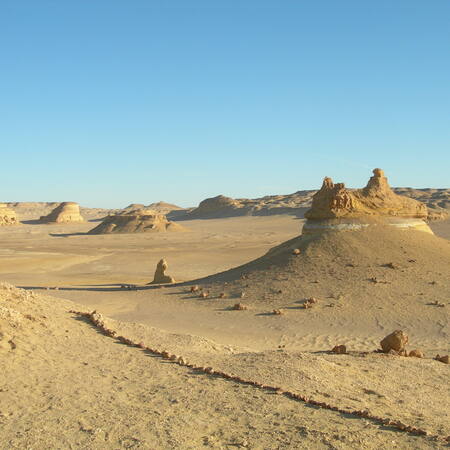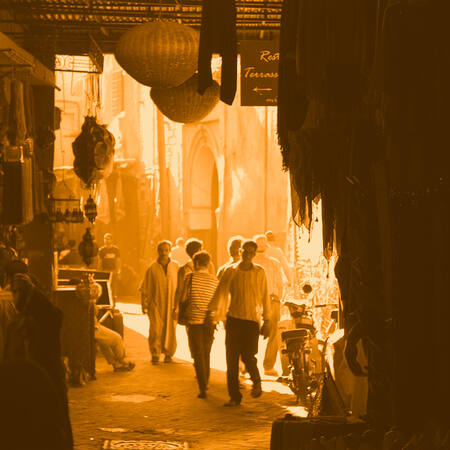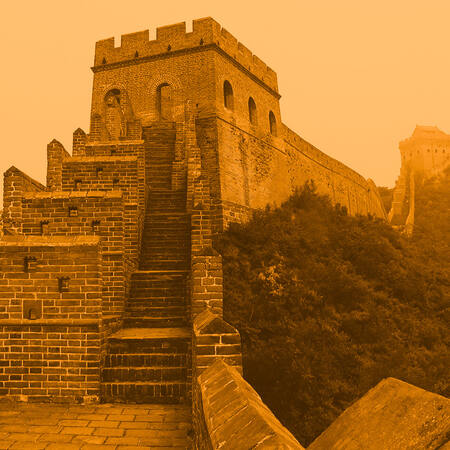Guide 2 – Case Study: Angkor and The Tourism Development Strategic Plan 2012–2020
Guide 2 Case Study: Angkor and The Tourism Development Strategic Plan 2012–2020 © Toolkit About the Sustainable Tourism Toolkit How to use this guide? Our Objective Resource ...
Guide 2 – Case Study: Ichkeul National Park (Tunisia)
Ichkeul National Park is characterized by a very specific hydrological functioning system, based on seasonal alternation of water levels and salinity. The lake and surrounding marshes constitute a stopover for ...
Guide 2: Developing a strategy for progressive change
This guide 2 will tell you how to develop a strategy for your destination that complements both the sensitive nature of a heritage site, as well as the task of sustainable and profitable tourism.
Guide 3 – Case Study: Melaka and George Town, Historic Cities of the Straits of Malacca (Malaysia)
George Town and Melaka were jointly inscribed on the World Heritage List in 2008 due to their shared rich multi-cultural trading heritage. However, they have also been subject to criticism and a feeling of ...
Guide 3: Developing effective governance
This guide 3 will tell you why good destination management and governance matters, and how you can start to develop it in your World Heritage destination.
Guide 4 – Case Study: Avebury World Heritage site, Wiltshire (United Kingdom)
Avebury stone circle or ‘henge’ lies at the centre of half the Stonehenge, Avebury, and Associated Sites inscribed as World Heritage. It is the sister-site to the perhaps more widely recognizable monument: ...
Guide 4 – Case study: Great Barrier Reef (Australia)
Coral reefs around the world are threatened both by natural and anthropogenic factors, with tourism having an important role in the latter. Direct impacts in coral reefs are related with badly managed tourism ...
Guide 4 – Case study: Old and New Towns of Edinburgh (United Kingdom)
The World Heritage Status Report showed that 41% of visitors to Edinburgh are aware that it is a World Heritage site, and 17% of all visitors think that Edinburgh’s World Heritage status influenced their choice. ...
Guide 4 – Case study: Røros Mining Town and the Circumference (Norway)
Røros Mining Town and the Circumference is linked to the copper mines, established in the 17th century, which were used for 333 years until 1977. The site includes the Town and its industrial-rural cultural ...
Guide 4: Engaging local communities and businesses
This guide 4 will tell you how to reach out and engage with local businesses and the community in a dialogue explaining the mutual benefit that comes with making tourism more sustainable.
Guide 5 – Case study: Røros Mining Town and the Circumference (Norway)
In was back in 1922 when the Chief Inspectorate of Ancient Monuments and Buildings (Riksantikvaren) first understood the potential value of Røros Mining Town heritage. At that time, a recommendation of protection ...
Guide 5: Communicating with visitors
This guide 5 will tell you why communicating with visitors matters, and how you can do it effectively, in a culturally appropriate manner.
Guide 6 – Case Study: Cornwall and West Devon Mining Landscape (United Kingdom)
The Cornwall and West Devon mining landscape was inscribed on the World Heritage List in 2006 comprised of 10 different mining landscapes across the area. As the largest World Heritage site in the United Kingdom, ...
Guide 6: Managing the development of tourism infrastructure
This guide 6 will tell you why infrastructure is vital to sustainable tourism and how to begin the process of developing appropriate infrastructure.
Guide 7 – Case study: Røros Mining Town and the Circumference (Norway)
Røros Mining Town and the Circumference is a clear case of a cultural landscape sustained by traditional socio-economic systems. In 2009 there were 21 active farms within the property and a number of redundant farms ...
Guide 7: Adding value through products, experiences, and services
This guide 7 will tell you how to think about developing products, services, and experiences as a key way to sustain the OUV of the site, enthuse tourists, and benefit local communities.
Guide 8 – Case Study: Wadi Al-Hitan (Egypt)
Wadi Al-Hitan – also known as Whale Valley – is located in the Western Desert of Egypt. It is an ‘open-air museum’ of invaluable fossil remains of the earliest, and now extinct, suborder of whales (Archaeoceti), as ...
Guide 8: Adding value through products, experiences, and services
This guide 8 will tell you how to think about developing products, services, and experiences as a key way to sustain the OUV of the site, enthuse tourists, and benefit local communities.
Guide 9 – Case study: Land of Frankincense (Oman)
The Land of Frankincense (LoF) World Heritage site is composed of four archaeological sites related to the antique trade of Frankincense and other luxury items across the Dhofar province of Oman: Shisr (sometimes ...
Guide 9: Securing funding and investment
This guide 9 will tell you some ways that you can secure investment in order to help make the aspirations developed from these guides for your site and the destination as a whole a reality.

